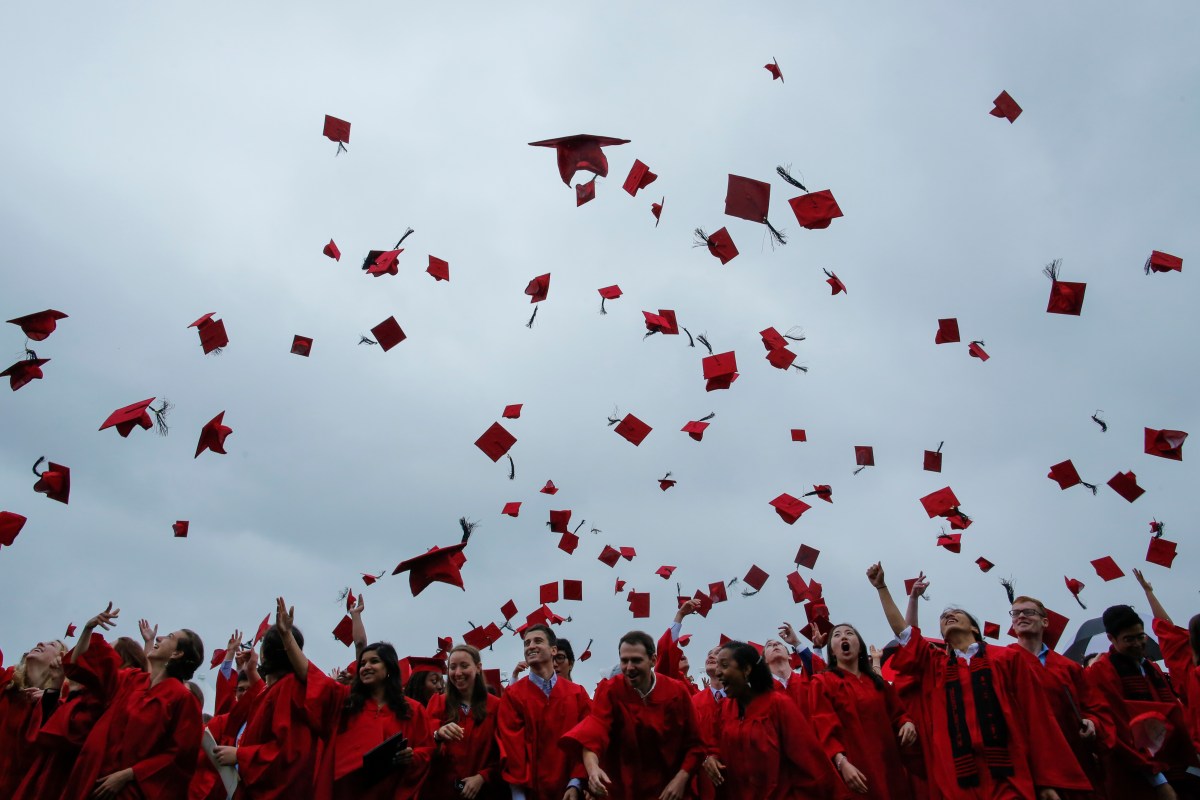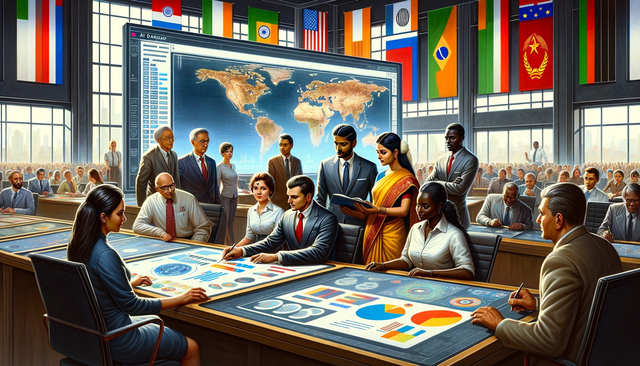
As artificial intelligence tools continue to evolve and captivate the public imagination, artists across disciplines are increasingly using these technologies to push boundaries and innovate within their work. However, some industry insiders believe that while AI may influence how art is produced or experienced, it will not fundamentally reshape the business of art itself.
One such voice is Marc Spiegler, the former global director of Art Basel—one of the most influential contemporary art fairs in the world. In recent statements, Spiegler emphasized that while AI may prove to be a creative tool for artists, it is unlikely to either replace the nuanced human aspects of art creation or dismantle the existing art market infrastructure.
According to Spiegler, the art world is built not only on creative output but also on a complex ecosystem involving galleries, collectors, curators, and institutions. This ecosystem values authenticity, provenance, and emotional resonance—traits that many believe AI, at least in its current form, cannot replicate in a meaningful or marketable way.
Moreover, the economic dynamics of the art world, including the emphasis on rarity, name recognition, and interpersonal relationships, present further barriers to AI’s disruption. Spiegler notes that digital art forms, including those involving AI, can struggle to establish uniqueness in a sector where originality and scarcity drive value.
Nonetheless, AI continues to gain traction in certain niches of the creative industry, offering artists new ways to generate compositions, explore aesthetics, and even engage in conceptual practices. Some AI-generated works have fetched significant sums at auction, but these exceptions often rely on the curatorial framing and market positioning of human creators.
In Spiegler’s view, the art world is more likely to incorporate AI as another medium rather than undergo a structural overhaul because of it. The integration of photography and video into fine art practices followed a similar trajectory: initially met with skepticism but gradually accepted and valued based on how artists used them, rather than the tools themselves.
The conclusion is clear: AI is a notable addition to the artist’s palette, but its transformative power lies in collaboration with human intent rather than in independent creative disruption. Art remains a human-centered endeavor, and the market will likely continue to reflect that reality.
Source: https:// – Courtesy of the original publisher.








